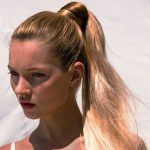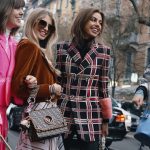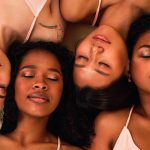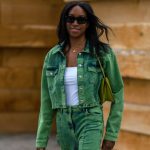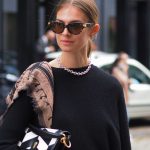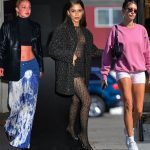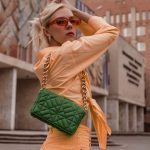The Influence of Cultural Diversity on Makeup Trends
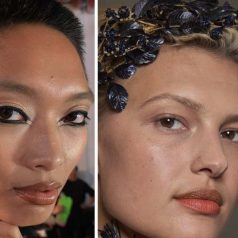
Makeup is not merely a cosmetic adornment; it is a powerful expression of identity, culture, and individuality. In the dynamic world of beauty, trends ebb and flow, influenced by a myriad of factors. One of the most profound influences shaping contemporary makeup aesthetics is cultural diversity. From the vibrant hues of traditional Indian henna to the minimalist elegance of Japanese beauty rituals, the global tapestry of cultural expressions leaves an indelible mark on makeup trends worldwide. Understanding the profound impact of cultural diversity on makeup not only enriches our appreciation for beauty but also underscores the importance of inclusivity and representation within the beauty industry.
Cultural Significance of Makeup
Makeup transcends mere aesthetics; it serves as a mirror reflecting the rich tapestry of cultural identity and heritage. Across diverse societies, makeup embodies centuries-old traditions and values, offering a glimpse into the collective psyche of a people. From the intricate face paint of indigenous tribes to the symbolic use of cosmetics in religious ceremonies, makeup holds profound cultural significance.

In many cultures, makeup plays an integral role in rituals, ceremonies, and rites of passage, marking important milestones and transitions in life. Whether it’s the elaborate makeup worn by brides in Indian weddings or the ceremonial face painting of tribal warriors, cosmetics are imbued with spiritual and symbolic meanings, connecting individuals to their cultural heritage and ancestral roots.
Moreover, cultural values and norms deeply influence makeup preferences, shaping beauty standards and ideals within societies. For instance, in some cultures, pale skin is revered as a symbol of purity and sophistication, while in others, a sun-kissed complexion signifies health and vitality. Similarly, the use of bold colors or subtle hues in makeup can reflect cultural attitudes towards self-expression, modesty, and femininity.
Impact of Globalization
As the world becomes increasingly interconnected, the globalization of makeup trends brings both opportunities and challenges to the forefront. One of the key debates revolves around the balance between homogenization and the appreciation of cultural diversity in makeup. While globalization has facilitated the exchange of beauty practices across borders, there is a growing concern that it may lead to the dilution or erasure of unique cultural identities in favor of a standardized, globalized aesthetic.
Furthermore, the phenomenon of cultural appropriation versus cultural appreciation in makeup trends has sparked heated discussions within the beauty community. While cultural exchange can foster mutual understanding and appreciation, it’s crucial to recognize and respect the cultural origins of makeup practices. Appropriating sacred or significant cultural symbols for aesthetic purposes without understanding their context can perpetuate harmful stereotypes and marginalize marginalized communities.
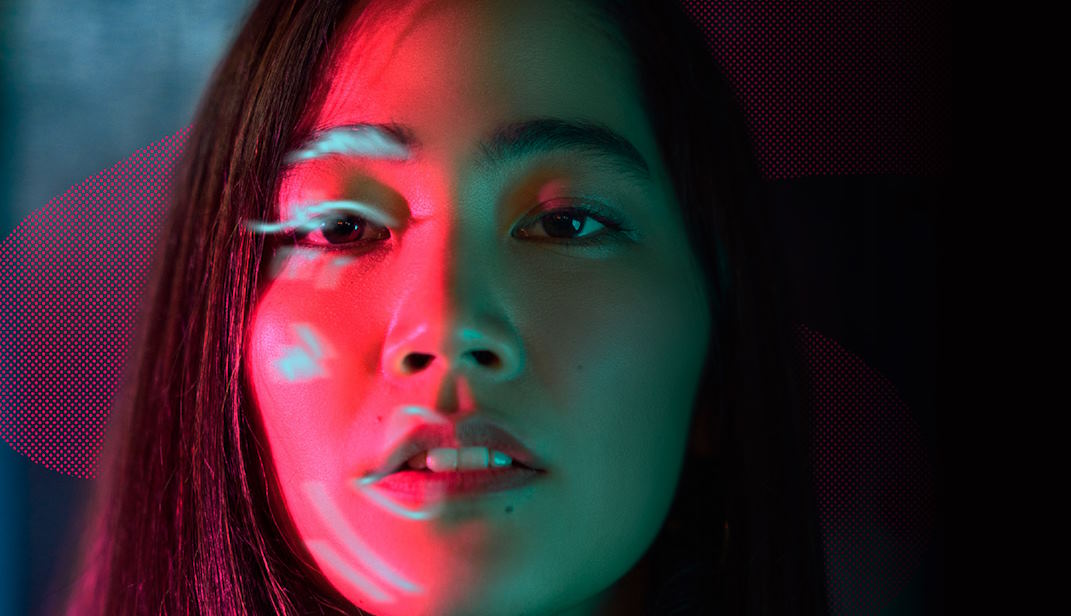
Moreover, makeup controversies related to cultural diversity often highlight the complexities of navigating cultural sensitivity in the beauty industry. From accusations of “blackfishing” to controversies surrounding the misrepresentation of indigenous cultures in makeup campaigns, these incidents underscore the importance of ethical considerations and cultural competence in makeup marketing and product development.
Modern Makeup Trends
In today’s ever-evolving beauty landscape, makeup trends are increasingly shaped by the rich tapestry of cultural diversity. From the rise of K-beauty’s emphasis on skincare to the popularity of bold, vibrant colors inspired by Indian and African cultures, contemporary makeup trends reflect a global fusion of influences. The blending of cultural aesthetics not only adds depth and variety to beauty routines but also fosters cross-cultural appreciation and understanding.
Social media platforms play a pivotal role in amplifying and disseminating diverse makeup trends to a global audience. Influencers and content creators from diverse backgrounds showcase their unique beauty routines, sharing tips, tutorials, and product recommendations that resonate with audiences worldwide. Through platforms like Instagram, TikTok, and YouTube, beauty enthusiasts have unprecedented access to a diverse array of makeup styles and techniques, fueling creativity and innovation within the community.

